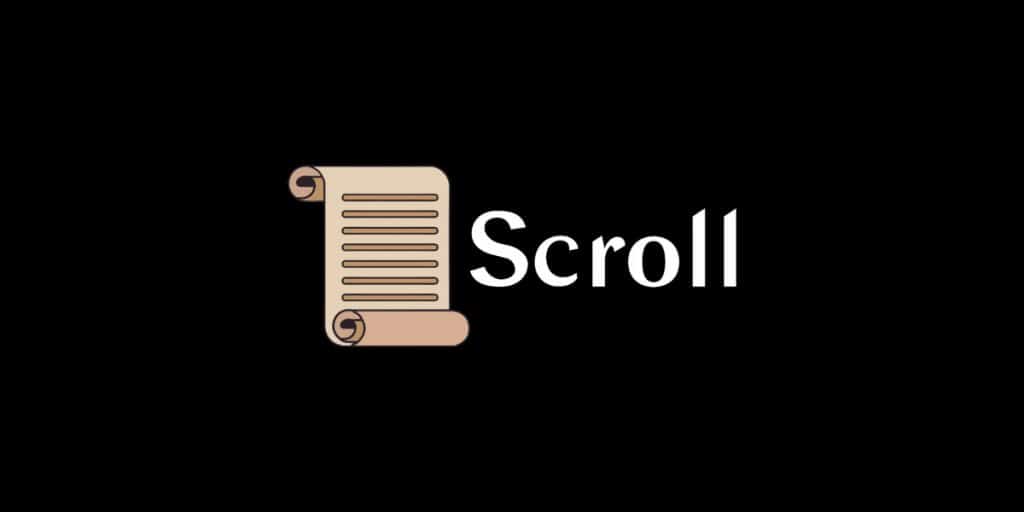
Posted: Jan 2, 2024 7:33 AM Updated: Jan 2, 2024 7:34 AM

Correction and fact check date: January 2, 2024, 7:33 a.m.
briefly
Scroll has released a new technology roadmap outlining its plans for 2024.

The Ethereum layer 2 network, based on zero-knowledge (ZK) roll-up scrolling, has released a new technology roadmap outlining its plans for 2024. The roadmap shows that Scroll plans to reduce cross-chain costs by 50% through bridge reduction. , implements data compression technology and 4844 data blobs to minimize transaction fees.
We also plan to achieve improved compatibility by integrating EIP 1559 transaction types and SHA256 precompilation.
Future upgrades will also add multiple validators, decentralized proof, and a parallel Ethereum Virtual Machine (EVM) to enhance functionality. Scroll also announced plans to introduce additional fair release programs later this month.
Founded in 2021, Scroll is a fully equivalent EVM ZK rollup designed to scale the Ethereum network, aiming to address all of Ethereum’s major shortcomings while providing native compatibility with Ethereum’s tools and applications. By leveraging ZK rollups, Scroll ensures the security of the Ethereum network by enabling off-chain computation and data storage.
In the realm of Ethereum scalability solutions, ZK Rollup has emerged as a notable contender.
Scroll’s compelling vision has garnered significant investment totaling $30 million from Polychain Capital, Bain Capital Crypto, and Geometry DAO, as well as support from figures within the Ethereum community. DeFi platform Aave v3 is considering deploying its v3 minimum viable product on the Scroll mainnet, which could potentially lead to a strategic partnership.
In its latest development, Scroll has launched its mainnet after a 15-month preparation period that included multiple testnets, rigorous security audits, and a commitment to open source collaboration.
Scroll’s updated comprehensive roadmap for 2024 outlines its ambitious plans and positions it as a promising Ethereum scaling solution, leveraging ZK proofs to efficiently solve scalability issues and improve transaction throughput on the Ethereum network.
disclaimer
In accordance with the Trust Project Guidelines, the information provided on these pages is not intended and should not be construed as legal, tax, investment, financial or any other form of advice. It is important to invest only what you can afford to lose and, when in doubt, seek independent financial advice. We recommend that you refer to the Terms of Use and help and support pages provided by the publisher or advertiser for more information. Although MetaversePost is committed to accurate and unbiased reporting, market conditions may change without notice.
About the author
Alisa is a reporter for Metaverse Post. She focuses on everything related to investing, AI, metaverse, and Web3. Alisa holds a degree in Art Business and her expertise lies in the fields of art and technology. She developed a passion for journalism through writing about VCs, notable cryptocurrency projects, and participating in science writing.
more articles

alice davidson

Alisa is a reporter for Metaverse Post. She focuses on everything related to investing, AI, metaverse, and Web3. Alisa holds a degree in Art Business and her expertise lies in the fields of art and technology. She developed a passion for journalism through writing about VCs, notable cryptocurrency projects, and participating in science writing.


